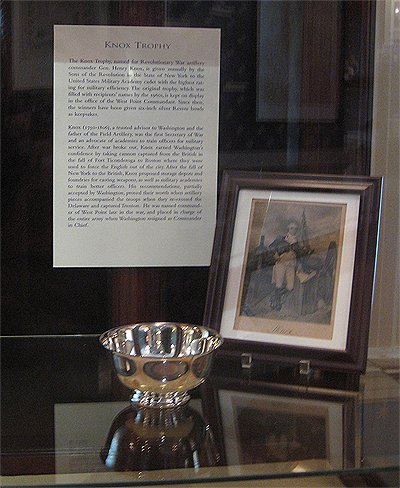The term “Jersey Shore” is a term used to describe the coastal region of New Jersey that is famous for its beaches and tourist attractions. The word “shore” has a broader meaning than just “beaches” as it encompasses the entire coastal area, including not only the sandy shores (beaches) but also the communities, towns, boardwalks, and various attractions along the coast.
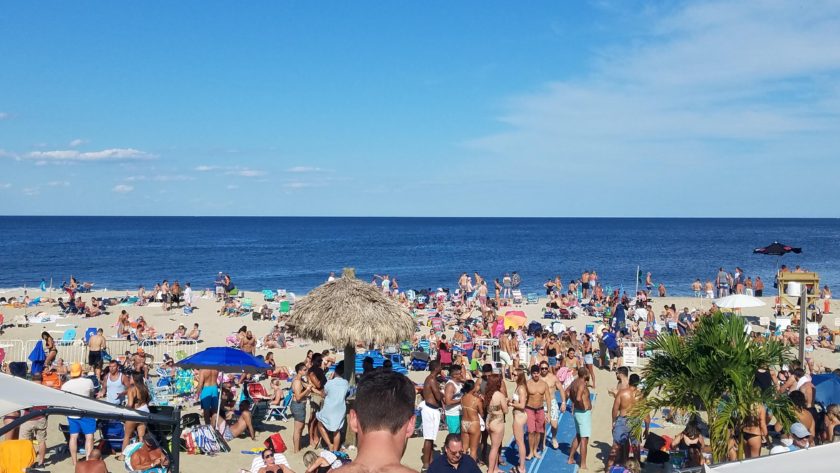
The term “Jersey Shore” captures the essence of the entire region, including both the natural beauty of the beaches and the social and recreational aspects that have developed around them. So when you’re in New Jersey, you’re not going to the beach, you’re going to the “SHORE.”
Top 10 Historic Sites at the Jersey Shore
This is very hard for us as all our researchers are from New Jersey but we wanted to go there because we love the Jersey shore and we love Jersey history. So how do you come up with a list of historic places and how do you rank them? You just start with a post and open up the discussion lines!
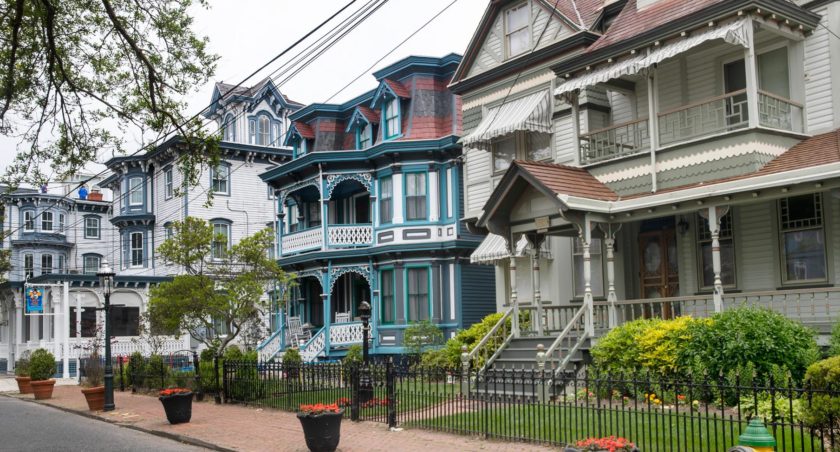
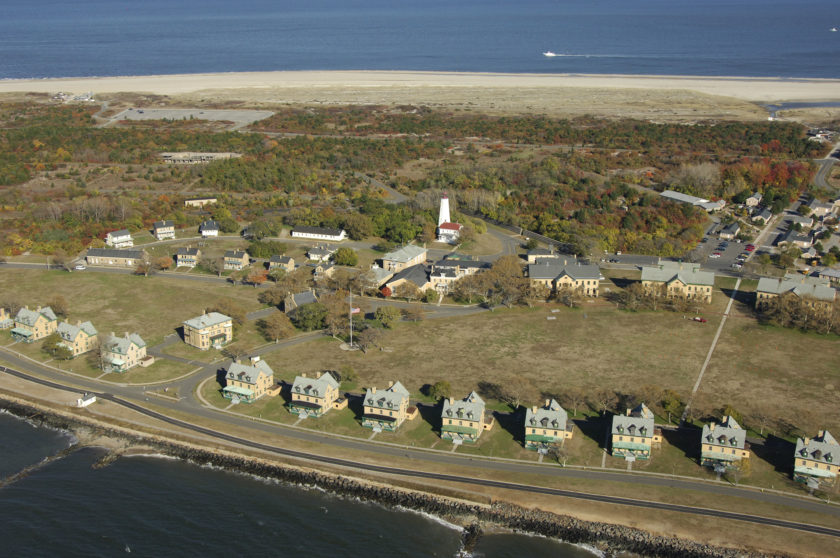
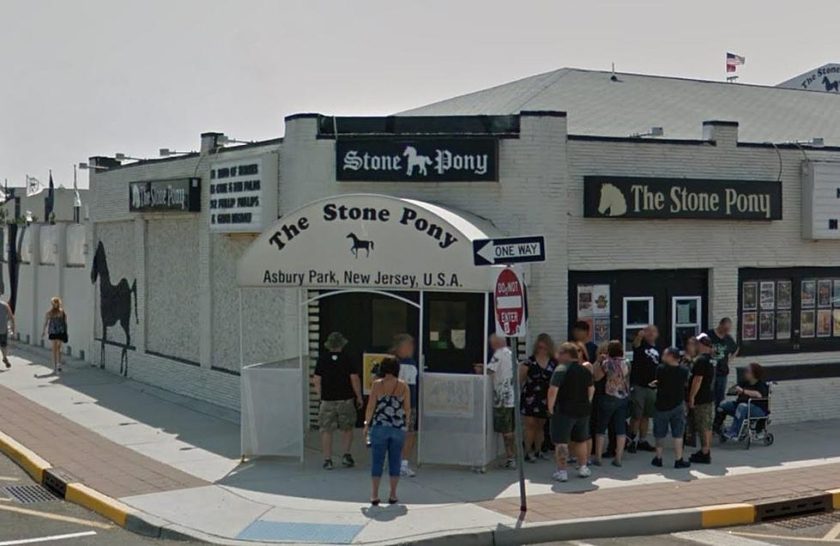
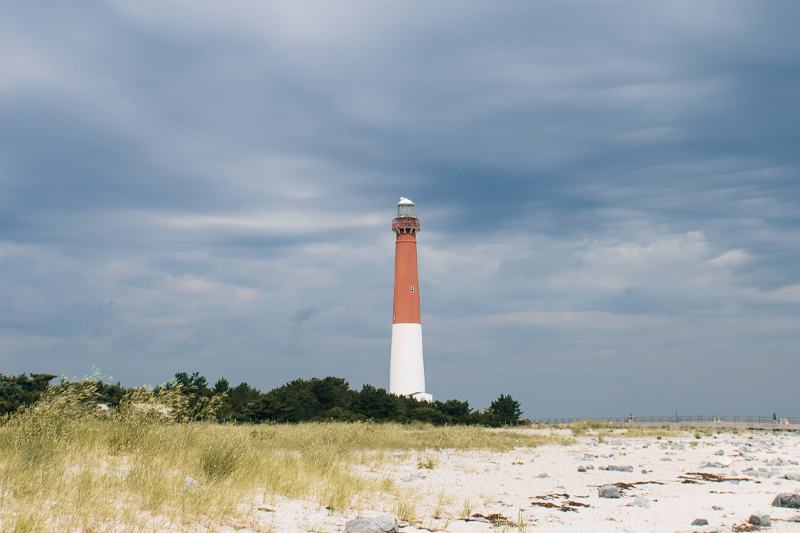
- Cape May Historic District: Known for its well-preserved Victorian architecture, this district in Cape May is a National Historic Landmark. It features stunning Victorian homes, hotels, and buildings that date back to the 19th century.
- Sandy Hook Fort Hancock and Nike Missile Base: Located in the Gateway National Recreation Area, this lighthouse is one of the oldest in the United States. It has been guiding ships since 1764 and played a role in maritime history. But it is the barracks and the remnants of the WWII Fort Hancock, its bunkers and munitions that are amazing. Live ammo is said to still be buried there.
- Point Pleasant Beach Boardwalk-Jenkinson’s Pavilion: a mile-long boardwalk along the beach in Point Pleasant, New Jersey. It features a variety of family-friendly attractions, including rides, games, food, and fun. As a young teen, there was no better place in the summer.
- The Stone Pony: Bruce Springsteen has played at The Stone Pony in Asbury Park, New Jersey many times, including his first concert there in 1975 and his latest in 2019. Springsteen’s first surprise appearance at the nightclub was on September 8, 1974 when he joined The Blackberry Booze Band onstage. The Stone Pony is the shore’s most historic music club and it still headlines world famous acts inside and outside the main stage. It’s still Asbury Park’s #1 attraction, well maybe 2nd to Tillie.
- Seven Presidents Park: located in Long Branch, New Jersey, the park’s name refers to the fact that seven different individuals served as President of the United States and is derived from the fact that seven U.S. presidents vacationed in or had ties to Long Branch. These presidents were Ulysses S. Grant, Rutherford B. Hayes, James A. Garfield, Chester A. Arthur, Benjamin Harrison, William McKinley, and Woodrow Wilson.
- Wildwood: the widest beach ever seen in New Jersey. The “watch to tram cars” on the boardwalk, and those classic doo wop neon signed motels in Wildwood and Wildwood Crest are some of the best preserved classics anywhere. And yes Wildwood Crest is still a dry town (along with Ocean City, NJ). The beach is up to 500 yards wide at points, are the largest in New Jersey, it’s great that they finally added floating walkways over the sand on key street entrances to help dads and moms drag all that beach stuff close to the ocean.
- Barnegat Lighthouse: Situated on Long Beach Island, this lighthouse was built in 1857 and has been a vital navigational aid for ships traveling the Jersey coast. The lighthouse is 172 feet tall and has 217 steps to the top. It was designed by General George Meade and commissioned in 1859 and it’s the second tallest lighthouse in the United States and New Jersey. The lighthouse is nicknamed “Old Barney” most likely from the lighthouse’s hometown of Barnegat Light. There are 26 lighthouses still standing in New Jersey.
- Lucy the Elephant: a six-story elephant-shaped monument and historical site in Margate, New Jersey. It’s made of wood and tin and is the world’s largest elephant. Lucy stands 65 tall and weighs 90 tons. James V. Lafferty built Lucy in 1881 to promote real estate sales.
- NJ Maritime Museum: Located in Beach Haven, this museum focuses on the maritime history of New Jersey and features exhibits related to shipwrecks, boat building, and the area’s seafaring heritage.
- Congress Hall Hotel, Cape May: Opened in 1816, this legendary hotel is considered the first seaside resort in American history. Built by Thomas H. Hughes, the 300-room hotel was originally called “The Big House,” Hughes renamed the hotel “Congress Hall” in 1828 after he was elected to the US Congress. It was nicknamed “Tommy’s Folly” by some locals who thought the building was too big. Between 1880 and 1920, Congress Hall was Cape May’s premier destination hotel. It was nicknamed the “Summer Home of Presidents” because Presidents Buchanan, Pierce, Grant, and Harrison set up summer offices there. You can still stay there today!
Top 10 Historic Events at the Jersey Shore
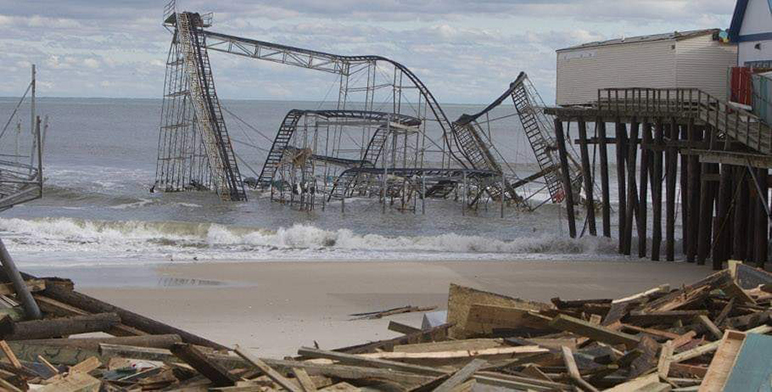
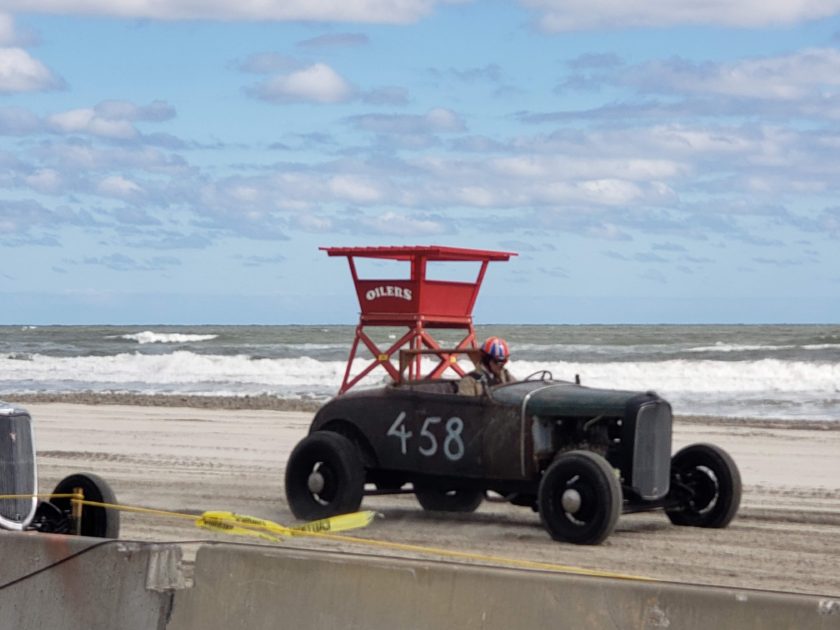
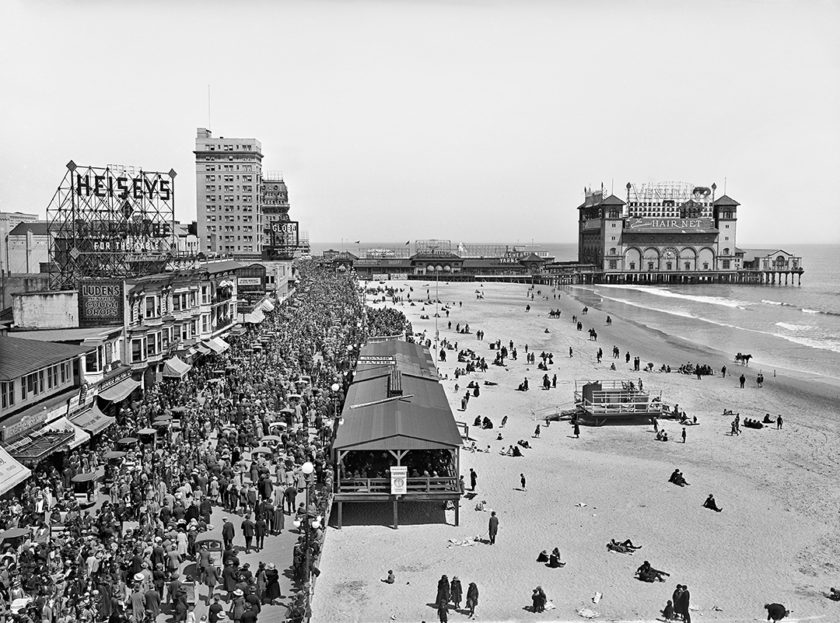
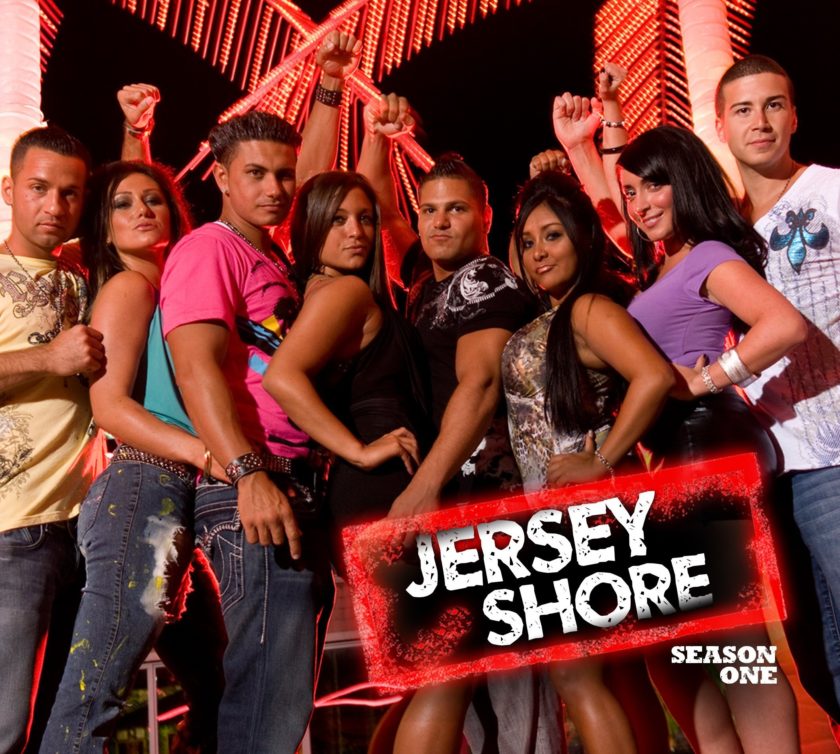
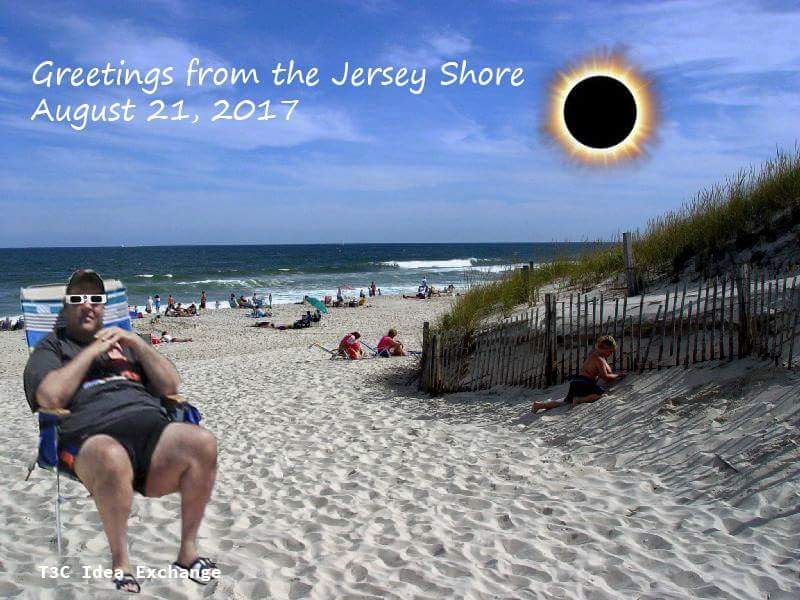
The Jersey shore is one of the most iconic places in America. It’s the only place that’s not called a beach, but a “shore.” Obviously, storms are some of the most impactful events to the shore communities and you’ll find them on the list. Have one we missed? Post in the comments section. We’d love to know your thoughts.
- Super Storm Sandy (2012): To the New Jersey, the most destructive hurricanes in in our history, Hurricane Sandy devastated the New Jersey Shore, causing widespread flooding, damage, and loss of life. The storm prompted discussions about future hurricane impacts and the importance of disaster preparedness. Hurricane Sandy made landfall in New Jersey on October 29, 2012, near Brigantine. The storm was accompanied by heavy rains, 80 mph sustained winds, and a record-breaking storm surge. Sandy was the costliest natural disaster in New Jersey’s history, with damage estimated at $29.4 billion. The storm was also one of the costliest storms in U.S. history.
- Great Atlantic Hurricane (1944): This powerful hurricane struck the New Jersey coast, causing significant damage and loss of life. The storm led to improved weather forecasting and coastal planning in the years that followed. The storm struck New Jersey on September 14-15, 1944. The hurricane hit the entire shoreline of New Jersey, with wind speeds ranging from 90 mph at Atlantic City to over 100 mph. New Jersey was one of the hardest hit states, with nine people killed and 390 injured. The hurricane also destroyed more than 400 homes and cut off the Brigantine Bridge to Atlantic City.
- Atlantic City Rises (1854): Atlantic City was incorporated as a city in 1854, marking the beginning of its transformation into a popular seaside resort and entertainment destination. Not to mention the auto velodrome made of wood! The city was named by a civil engineer from Philadelphia, Richard Osborne, who printed the name “Atlantic City” on a map of the city. The city was incorporated in March of 1854, and 18 voters elected the first Mayor, Chalkey S. Leeds.
- Morro Castle Disaster (1934): On September 8, 1934, the luxury passenger ship SS Morro Castle caught fire while traveling from Havana to New York. The fire killed 137 passengers and crew members. The still-burning ship ran aground near Convention Hall in Asbury Park, New Jersey. The still-burning ship eventually beached near the Convention Hall in Asbury Park, and became a major tourist attraction until it was towed away for scrap several months later. The devastating fire aboard the Morro Castle was a catalyst for improved shipboard fire safety.
- Construction of the Garden State Parkway (1950s): The Garden State Parkway was constructed, connecting northern New Jersey to the Shore region and contributing to the growth of tourism and development along the coast. The original section was built between July 1952 and May 1956 at a cost of $330 million. The Garden State Parkway is the longest highway in New Jersey at approximately 172 miles. Tolls: The highest one-day total of tolls collected in the first five years was $108,640.77 on August 1, 1959. The Garden State Parkway was the first road to use mileage-based exit numbers, hence the common Jersey reference “what exit?” used to determine where in the state you live.
- Cape May Beach Racing (1905): Cape May, New Jersey hosted a 1-mile beach race that featured drivers like Henry Ford, Louis Chevrolet, and Walter Christie. The race was considered a spectacle, with an estimated 20,000 spectators watching the speed on the sand. At the time, Cape May beach was considered the “finest racing beach” in the world. Take that Daytona!
- First Jersey Shore Explorer (1524): The coast of New Jersey was first explored by Giovanni da Verrazzano in 1524. The Italian explorer sailed under the French flag and explored the coastline of New Jersey aboard his ship called Delfina. He entered the Bay of New York on April 17, 1524. He sailed along the coast and anchored off Sandy Hook. Later, the colonial history of New Jersey started after Henry Hudson sailed through Newark Bay in 1609.
- Shark attacks (1916): a Great White shark attacked swimmers from Beach Haven to Long Branch. In July 1916, a series of shark attacks occurred along the New Jersey coast, killing four people and critically injuring one. The attacks took place over a 10-day period and included attacks in Matawan Creek. Among the victims were 12-year-old Lester Stillwell and 24-year-old Stanley Fisher, who were attacked in a freshwater creek in Matawan. The only survivor was 12-year-old Joseph Dunn from New York City. The attacks sparked national hysteria and inspired the movie Jaws.
- Miss America Pageant (1921): The first Miss America Pageant took place in Atlantic City, helping to establish the city’s reputation as a center for entertainment and tourism. Margaret Gorman from Washington, D.C. was the first to win the competition. The 16-year-old Gorman was named “America’s Most Beautiful Bathing Girl” and received a golden mermaid statue.
- MTVs Jersey Shore (2009): the cast was the source of numerous fashion trends. Snooki’s infamous “poof” hairstyle became the go-to look for girls. Pauly D’s love for hair gel sparked a trend amongst guys paying more attention to their own hair. The ladies brought back the love for animal print, especially cheetah print. Life changed for us all on December 3, 2009.
- Honorable Mention: Salt Water Taffy (1883): the name is that of a candy-store owner, David Bradley, whose shop was flooded during a major storm in 1883. According to folklore, Bradley was the owner of a small candy stand on the Atlantic City Boardwalk. His store flooded by white sea foam during a storm in 1883. The salt water from the Atlantic Ocean completely soaked his stock of taffy. The rest is history.
- Honorable Mention #2 Chris Christie COVID Response (2017): Chris Christie closes all NJ beaches during COVID and is then seen with his family on his private beach at Island Beach State Park – check out the 50+ memes
Share Your Thoughts
Tell us what you think…. Post your thoughts below.


